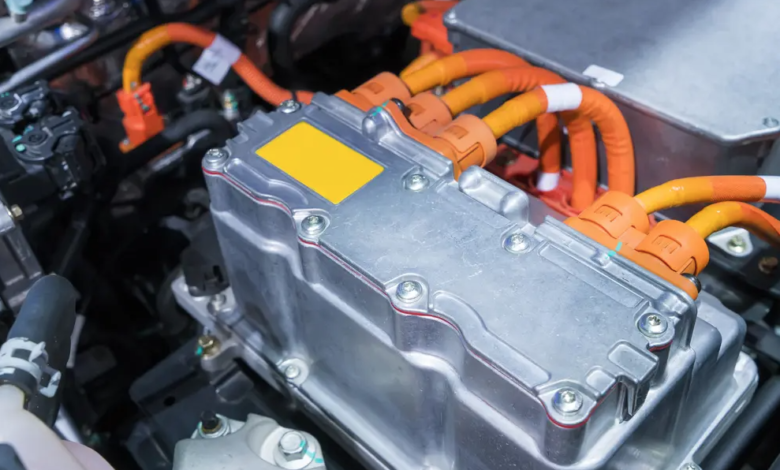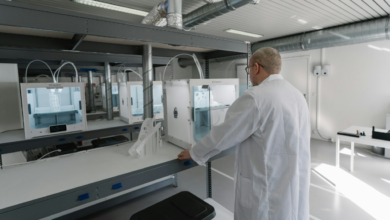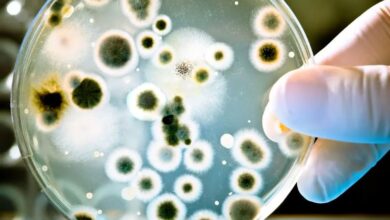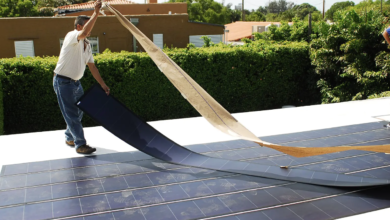Vitamin C successfully used to recycle the cathode of a lithium battery

University of Birmingham Finds Out How to Recycle the Cathode Sustainably and Economically
(sustainabilityenvironment.com) – It is the most valuable component of lithium batteries that we use in electric cars. But recycling the cathode takes a lot of energy and dangerous chemicals. From research at the University of Birmingham, however, comes the solution you do not expect. There is another way to achieve the same result by consuming less energy and using less toxic chemicals. It is based on vitamin C (or ascorbic acid) as a leaching agent.
The researchers tested it on the battery cell of a first-generation Nissan Leaf that had almost 65 thousand km behind it. The results of this test, published on ChemRxiV, showed that ascorbic acid selectively leaches the low-value electrode material (lithium oxide and manganese) and leaves the highest-value material based on nickel and cobalt in the solid state, facilitating recovery and recycling.
This may be a very significant discovery, as battery recycling now uses “strong” acids to dissolve the cathode. This generates hazardous waste which must be disposed of in some way. In addition, the process is based on the initial shredding of the batteries, which mixes the components and creates a cocktail of chemicals that can be separated only by chemical processes.
The new leaching method was invented by Professor Peter Slater, Professor Paul Anderson and Dr Laura Driscoll of the School of Chemistry in Birmingham. It was immediately patented by the University of Birmingham Enterprise. Their research is part of the ReLiB (Recycling and Reuse of EV Lithium-ion Batteries) project, a multi-institutional consortium of researchers led by the British university, which aims to improve the speed, economy and environmental footprint of recycling processes.
“Our method will reduce costs and the number of steps to recover cathode ray materials,” said Slater. The goal is to ensure “that they can be regenerated and reintegrated into new batteries, with minimal environmental impact”.





